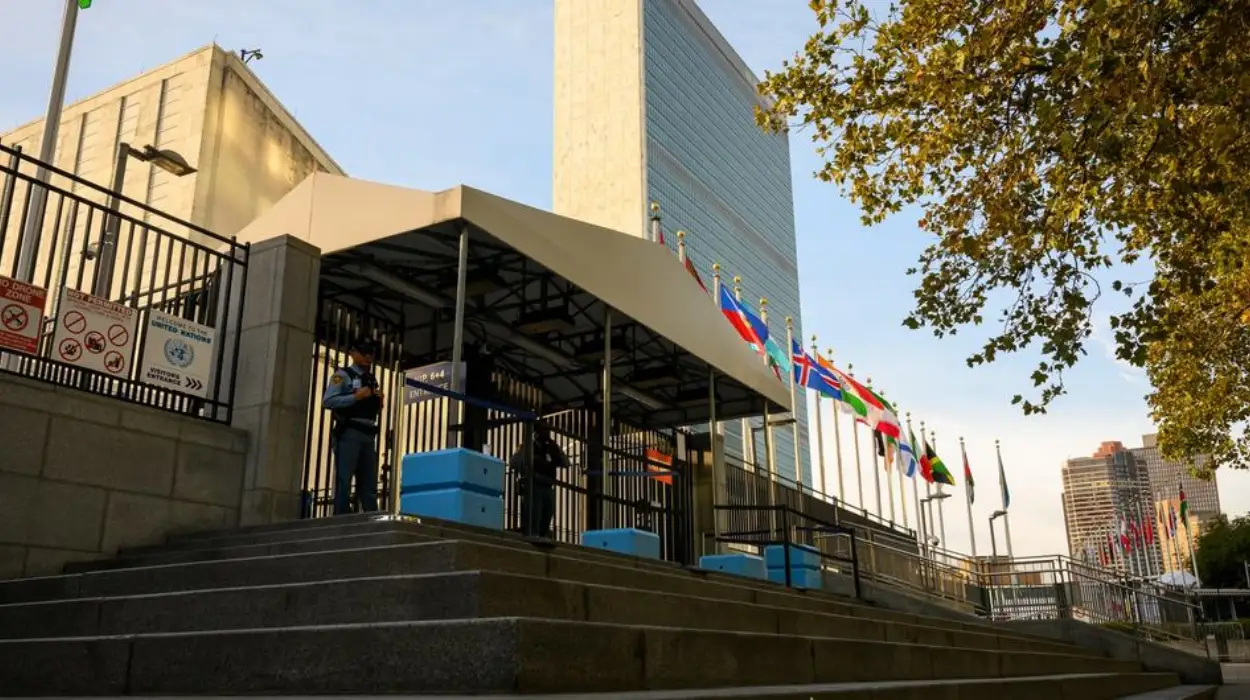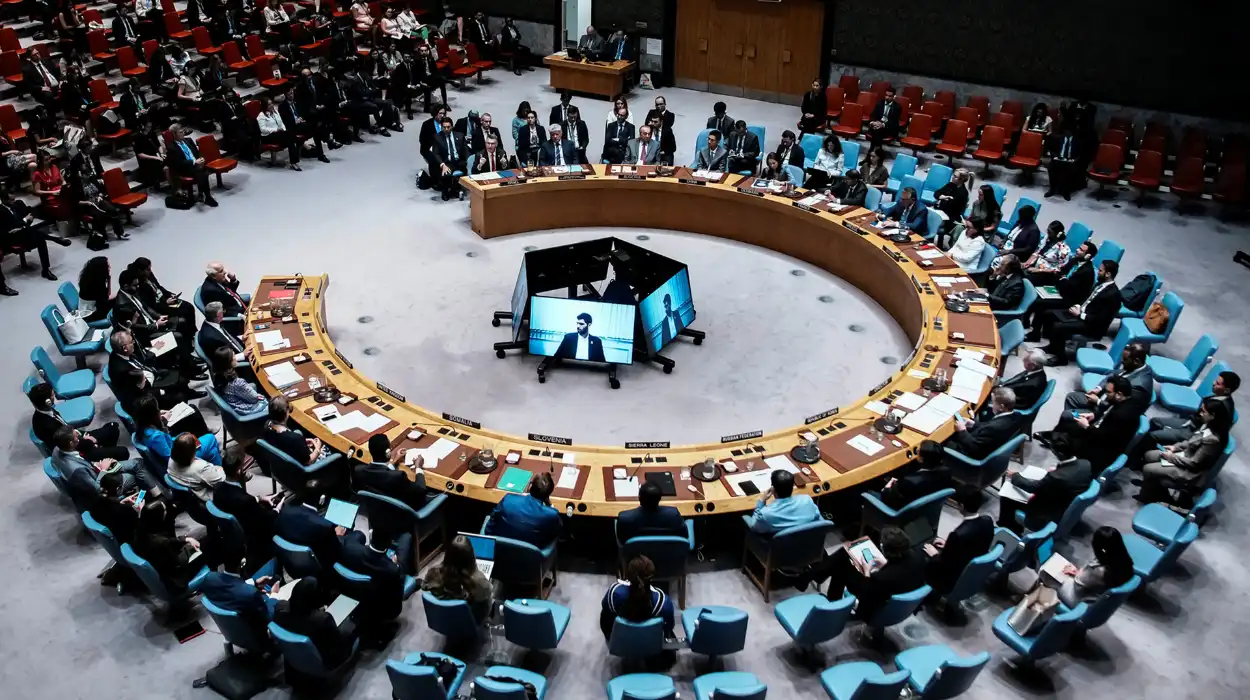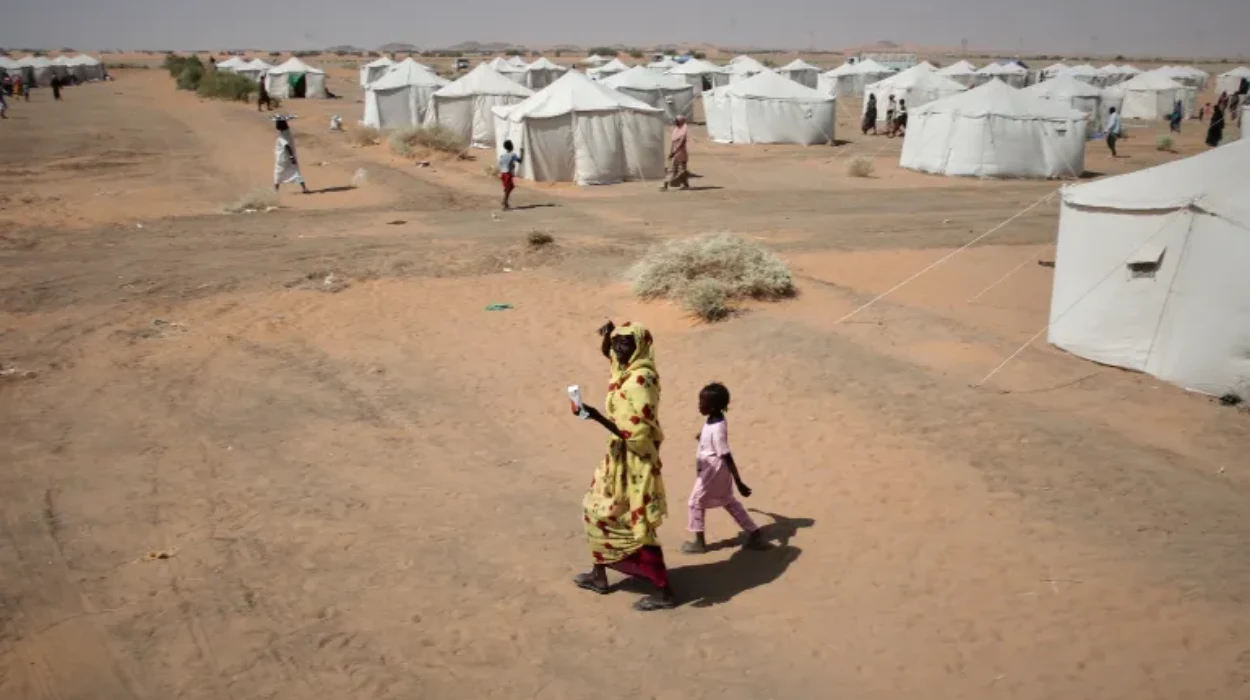The world is witnessing a catastrophic increase in civilian deaths with civilian fatalities rising 40% globally in 2024, according to the United Nations and experts in conflict and conflict fatalities. This trend represents a significant failure of the global community to enforce the most basic principle of humanitarian law, which is to protect innocent lives.
As wars are becoming more plentiful and bold, with multiplicity, as a general rule the distinction between combatant and non-combatant appears to be fading and the oblique targeting of non-combatants, as an actual act of war appears to be readily available for use. This analysis will unpack the latest statistics, stakeholder comments, and fresh exercises in human rights violations to understand the basis for the increase in civilian deaths and what they mean for global peace and security.
Civilians pay the highest price in conflict.
In 2024, the UN recorded more than 36,000 civilian deaths in 14 armed conflicts around the world.
Wars have rules.
Protecting civilians is NOT optional. It’s a moral and legal obligation. https://t.co/yDPT7E0Ddh pic.twitter.com/N6HgxszF1h
— United Nations (@UN) May 19, 2025The Scope of the Crisis: Civilian Deaths by the Numbers
Record High Deaths and Displacement
- In 2024, at least 48,384 people—mostly civilians—were killed in armed conflict globally, according to the UN Human Rights Office.
- The number of armed conflicts reached an historic high of 61, and the largest number of conflicts since monitoring started in 1946.
- Of these conflicts, 11 escalated to the point of war, each causing more than 1,000 deaths from battle-related incidents.
- Despite a slight decrease in overall deaths compared to 2022, targeted violence against civilians rose sharply, with 13,900 civilian deaths from direct attacks—a 31% increase from the previous year.
- With 123 million people forcibly displaced worldwide—double the number from 2015—displacement reached previously unheard-of proportions.
Vulnerable Populations and Discrimination
- Over 473 million children—more than 1 in 6 globally—now live in areas affected by conflict.
- One in five people worldwide reported experiencing discrimination, with marginalized groups, including people with disabilities, facing compounded risks.
- In 2024, 502 human rights defenders were killed, highlighting the dangers faced by those advocating for civilian protection.
Where Are Civilians Most at Risk? Conflict Hotspots in 2025
Ukraine: The Deadliest Battlefield
- In 2024, a war in Ukraine claimed an estimated 76,000 battle deaths, the most of any conflict anywhere in the world.
- Due to the severity of fighting and the usage of heavy weaponry in urban territories, there has been no way of preventing civilian casualties.
Gaza and Lebanon: Where Civilians are in the Firing Line
- The wars of Israel in Gaza and against Hezbollah in Lebanon added to about 26,000 deaths in the year 2024 and 94 percent of them were either civilians or of unknown status.
- Of those that died in Gaza 2 percent could be identified as combatants, 48 as civilians, and the remaining of unidentified status i.e. it is difficult to identify non-combatants in a war environment which is urban.
The Democratic Republic Of The Congo And Beyond
- The deadliest non-state actor was the Islamist group IS that killed approximately 3,800 civilians, mostly in the Democratic Republic of the Congo.
- Non-state armed groups and the deployment of explosive weapons in residential centers have increased the sufferings of the civilians across Africa, Middle East, and also Asia.
Why Are Civilian Deaths in Conflict Zones Surging?
1. Eradication and Amplification of Wars
In the last ten years, the state-involved conflicts almost doubled, and the deaths related to them grew five times since 2010. An increase in the levels of interstate conflict and state sponsorship of armed groups in other states has resulted in increasing death levels and the complexity of the battlefield leading to even more difficulties in civilian protection.
2. Specific Designed Attacks and Destruction of Humanitarian Laws
The UN and NGOs have cautioned that there has been a deliberate erosion of the international norms aimed at shielding civilians by the parties of conflicts. The intentional attack on civilians has turned into a weapon of war that has led to the culture of impunity and a deterioration even of minimal protections that international humanitarian law demands as the most to be offered. Improper use of explosive weapons due to overcrowding, most of the time facilitated by third parties, has contributed to destruction of the affected civilian communities both in the short-run and long-term effects.
3. Discrimination and susceptibility
Discrimination does not exist in a vacuum rather it increases the risks of the marginalized groups. People with disabilities, women, children, and ethnic minority groups are disproportionately affected by violence and displacement. Cases of conflict-related sexual violence (largely comprised of violence against women and girls) that have been confirmed by UN increased by 50 percent since 2022 in 2023.
4. Confusion of the Civilian and Combatant Roles
The cities of the contemporary battlefields have also made this more apparent as it is hard to define who is a combatant and who is a civilian. The casualties by the indiscriminate form of violence against the civilians, e.g. aerial bombing of the urban area, result in excessive loss of life, and increase the capacity to evade the responsibility of war crimes. As an illustration, in Gaza there is rarely accurate information on who is being killed, so investigations, and post-conflict recovery are an uphill task.
5. Civilian Infrastructure Attacks
Targeting of hospitals, schools, water supplies, and power lines has increased significantly and denied millions of people basic services that exacerbate humanitarian needs. The fact that the destruction of infrastructure entails not only harm but also discredits sustainable peace means that the likelihood of another violence is high.
Human Rights Violations in 2025: Recent Instances
Gaza: Food Aid Massacres and Starvation
- Dozens of Palestinians died and were injured after being shot by Israeli forces in June 2025, near food distribution centers in southern Gaza, in the third lethal attack in three days.
- The UN Human Rights Office classified these attacks as unconscionable and cited that deliberate obstruction of food access might be a war crime.
- Malnutrition and starvation has also taken away the lives of children and the aid agencies have cautioned that famine is imminent.
Ukraine: Shelling into civilian areas and death of civilians
- Indiscriminate shelling at civilian districts of the Ukrainian conflict still persists, and hospitals, schools, and residential buildings are often bombed.
- Human rights organizations have reported incidences of executions without trial, torture and sexual crimes against civilians.
Sudan: Aid Workers Are being Attacked and Large Swathes of People are being Displaced
- Nineteen aid workers today were killed in Sudan in 2025 at least 54 aid workers have been killed in Sudan, it shows the risks involved in humanitarian assistance delivery.
- Millions are displaced as the war sees civilians caught up between opposing forces and blocked by living essential relief.
Democratic Republic of the Congo: Terrorist Village Races
- The Islamic State along with other armed groups have done mass killings in the rural communities that means that there have been people killed in their own houses, markets, and places of worship.
- According to Survivors, there is a systematic rape, kidnappings and enforced child recruitment.
Stakeholder Perspectives: Calls for Urgent Action
United Nations
Volker Türk, UN High Commissioner for Human Rights:
“Behind every statistic is a story. Behind every data point, a person… These numbers represent countless aggregated individual stories and lives combined. At the same time, they reveal sobering failures to protect some of the most vulnerable people in peacetime and conflict situations and paint a picture of a global human rights landscape in need of urgent action.”
Therese Pettersson, Senior Analyst at UCDP:
“It has become increasingly difficult to distinguish between civilians and members of armed groups… Reliable information on who is being killed is important for investigating suspected war crimes, for the international community to be able to act appropriately and for knowing what the needs of society will be after a conflict has ended.”
NGOs and Civil Society
A coalition of 21 NGOs ahead of the 2025 UN debate stated:
“Civilians living in conflict zones today are in more danger than ever before… Parties to conflict are, in many cases, intentionally undermining the international norms and standards designed to protect civilians from the conduct of war and are deliberately violating International Humanitarian Law (IHL), eroding even the bare minimum of protections owed to civilians.”
They further warned that humanitarian needs have quadrupled in the past decade, with 305.1 million people now requiring assistance, and that the deliberate targeting of civilians is fueling a culture of impunity.
Uppsala Conflict Data Program (UCDP)
Shawn Davies, Senior Analyst:
“It is not that the world has become more peaceful. We see more wars and more conflicts than previously, but with slightly fewer deaths than in the exceptionally bloody year of 2022. 2024 was the fourth most violent year since the 1994 Rwandan genocide.”
The Humanitarian Fallout: Long-Term Impacts
Displacement and Aid Dependency
Those who survive violence are often injured, displaced, and cut off from their communities and support networks. As a result, they become reliant on humanitarian aid for basic services such as healthcare, water, electricity, and education—sometimes for years or decades.
Destruction of Social Fabric
The destruction of civilian infrastructure and the natural environment, combined with the fracturing of social cohesion, makes recovery steeper and longer. It impedes justice, increases the risk of renewed violence, and undermines the prospects for sustainable peace.
What Must Change?
The increase in civilian deaths in conflict situations is not a necessary outcome of war but the result of various choices, of the erosion of norms, and of the inaction of the global community. The international community has an acute choice to make: to reaffirm and enforce the protections of international humanitarian law and stop a spiral of continued erosion of the very frameworks put in place to provide protection from the impacts of war, or to witness a further continued collapse. Urgent action, accountability, and a recommitment to protecting civilians is not just a moral imperative, it is essential to not only global stability but to peace itself.









